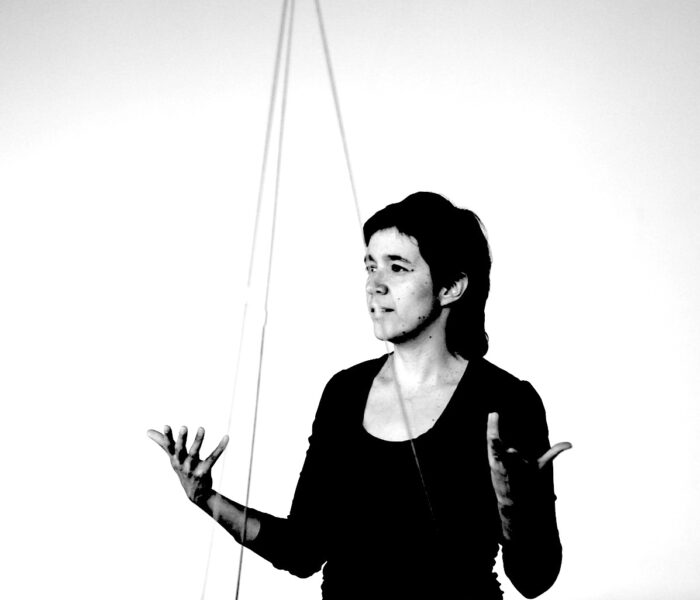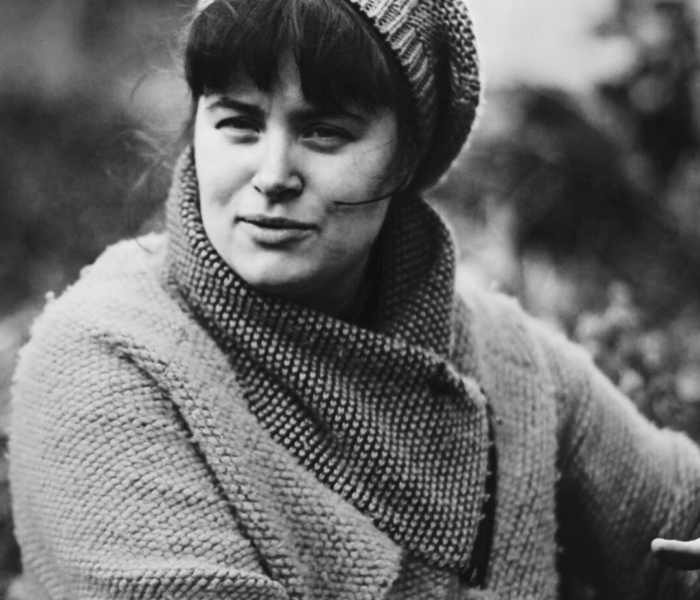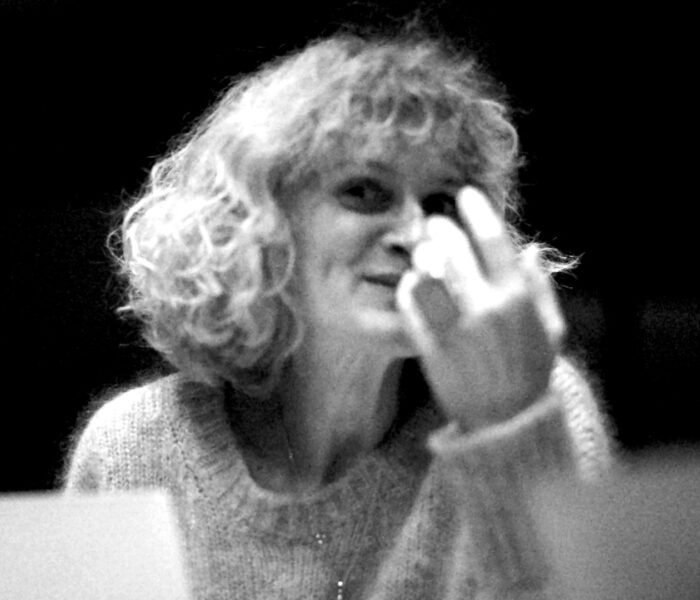Patricia invites me into a forest. We park the car at its edge. We unload the contents into a wheelbarrow to reach a low stone wall where she sits and sets up one of her nomad sets. Time expands and calms with the shade of the trees.
She talks about the link between poetry and abstraction, and about her preoccupations as an instrumentalist, which lead her to make a tool to suit her, to suit a gesture that corresponds to her. Patricia Dallio is a musician, composer, improviser and sound poet.
The interview took place on June 22, 2022, in Chaumont au bois d'Olivier. The interview and video portrait of Patricia Dallio is the fourth to be recorded, the third to be edited. It is part of a series of 12. The film moves through the forest, its foliage and resonances, to " melt into what is ".
PATRICIA DALLIO from CELINE PIERRE on Vimeo.
Céline Pierre: What are the differences between interpreting, improvising and composing?
Patricia Dallio: The three axes are complementary. I use that word, but I don't really write. In fact, everything I can do musically involves the instrument, including composition. I'm a pianist and I started music with the piano. So I play, I improvise and then I cut up and recompose what I've played. Everything I play, whether it's sounds, sound materials, phrases or rhythms, goes through the keyboard or sensor instruments. I record what I play, then I cut it up, superimpose layers that I structure and destructure, process and transform, replay over transformations... it's a way of writing that includes interpretation and improvisation. I am first and foremost an interpreter of my spontaneous musical thoughts. I didn't follow a composition course and am self-taught. Sometimes I feel more like a painter than a composer. I work a lot with timbre and sound, but I sometimes write musical phrases and orchestrate them. And then improvisation means being able to interpret spontaneous writing. It's like composing in spite of yourself, trying to put your will aside and let things happen. Composition is nourished by experience, by playing the instrument and by everything that has made up my life so far.
What advice would you give to a young woman getting involved in creative music?
I'd advise finding collaborators to work as a team, discovering and sharing the experiences of other musicians.
I found it very difficult to start out on my own, and meeting new people helped me a lot. My advice would be to whet your curiosity as much as possible. Seek out and find affinities with musical worlds that complement or differ from what you already know. The field of possibilities is so vast in creative music! There's also a whole area of technical research that I find fascinating, and here too, I'd recommend taking an interest in the knowledge that certain musicians develop in order to create. And then you have to play, play, play as much as possible, as soon as the opportunity arises. There's no substitute for experience, which is enriched by collaboration. It's a winding road, and when you're working with others, the hard times become enriching, and the happy times can be shared. On the other hand, a woman is likely to be asked to do a lot more than a man. So my advice to a young woman would be to keep at it and work on her self-confidence as well as acquiring knowledge, so as not to feel inferior. Unfortunately, this still happens all too often, particularly in the case of technical skills, which are more easily attributed to men than to women, even if perceptions are changing.
On notions of lutherie?
For a long time, I worked with machines that could reproduce electronics, with samplers driven by keyboards, and of course with computers. But my practice as a musician is above all to have a relationship with the instrument. As a pianist, the sensation of being one with an instrument that responds instantly to the precise touch and pressure exerted by fingers, wrists, arms and the whole body is essential. I didn't find that with a computer. A computer is programmable. You need a mouse to change a parameter and time to find what you want to express... This back-and-forth with the computer meant I lost this direct relationship with the instrument. And then on stage, I found concerts where I saw musicians or composers inert in front of computers tedious and uninteresting.
I was lucky enough to meet Laurent Dailleau, who has sadly passed away. Laurent was a thereminist. He played his instrument with his hands; the theremin has two antennae that you approach without touching. His instrument was connected to a computer, enabling him to go beyond the few basic timbral modulations of the theremin, and plunge into a whole new world. Laurent showed me how hisIRCAM-built interface worked. I was able to start testing this with just two sensors when composer Kasper T. Töeplitz wrote a piece for two sensors for me, which I was able to experiment with on stage. I was able to move the infra-bass with my hands close to the transducers; I didn't touch anything, the transducers were there and my hand played with the distance between the palm and the transducer, allowing me to hear the phase shifts between the two low sinusoids. I was looking for the frequencies, and the closer the frequencies got, the more audible the phase shifts became. At that moment, I experienced something I hadn't known before, which I found extraordinary: my hands were sculpting the waves. From that experience, I wanted to continue exploring this path. It was the right time, because I was getting bored with "sampled" sounds triggered by keys with little physical interaction. On the other hand, sensors offered infinite possibilities of movement, sensitivity and interaction with gesture. And then I went from two sensors to four, six, ten, twelve and more, and it took me ten years to learn how to use them!
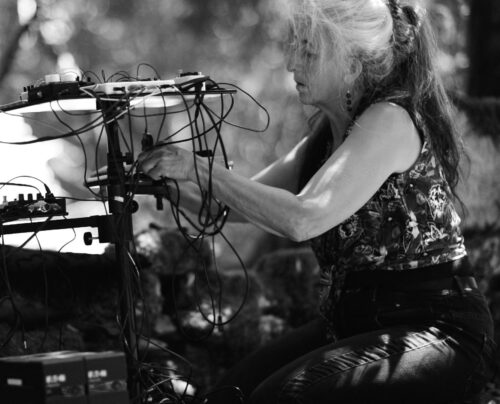
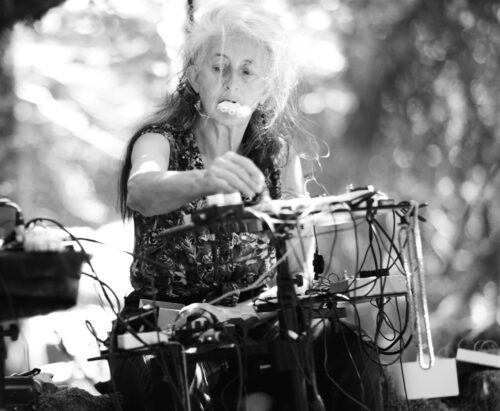
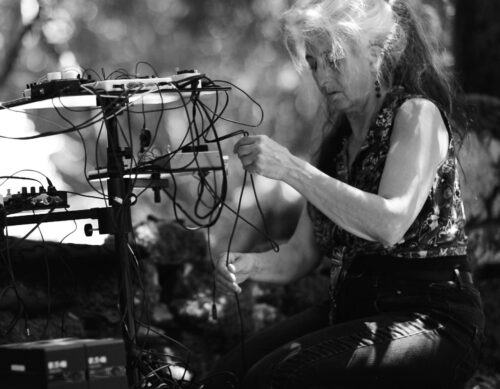
I worked with two people to build an instrument I called "Olitherpe". Carl Faia and I worked in symbiosis on the programming idea, which he masterfully realized on his own. Olivier Charlet worked on the structure to make it modular, transportable and adaptable to the scenography of Sound Track's various performance projects. The instrument features numerous infrared sensors, pressure sensors that can be held between the fingers, position sensors that can be touched, and pedals on which I stand. This ergonomic design means that sometimes up to six controllers are available simultaneously. The image would be that of having six computer mice that could simultaneously open reverbs, spatializations, sound volumes, effects, time stretch*, and many other settings. This makes for hyper-organic, fluid playing. If I compare it again to painting, I have at my disposal numerous shades of color that I control bodily without touching the palette. I can imagine three lifetimes of development and experimentation, it's so infinite. Today, the Olitherpe is really starting to become my instrument, and over the last few years I've become comfortable using it, even if there's still some way to go between the thought and its realization in improvisations. Compensation comes in the form of accepting that things can get out of hand and not necessarily always controlling everything, but taking advantage of chance to go where we hadn't decided to go, and consequently discovering new territories.
How did you arrive at the set you've just played?
On the "Commune" project with Frédéric Le Junter and Milena Gilabert, the experiment consisted of playing in nature, in the heart of small villages, to meet the inhabitants. I couldn't see how Olitherpe could be used in this context. It's also a reflection on ecology and degrowth, which is important to me. I wanted to move towards greater simplicity and autonomy, which isn't the case with the Olitherpe, which requires quadraphonic broadcasting and time for editing. So I started doing without the computer and making direct sounds with small microphones and processing pedals, generally used by guitarists. It took me a while to design a sound set that was open to experimentation, with the right ergonomics and the ability to play anywhere. That was really the idea. It developed over the seven years of the "Commune" project. Depending on the location, the instrument is deployed on one shelf, sometimes two or three, and never the same ones. I adapt the little sets according to where I'm going to play. There's even one that fits in a little basket and that I attach to my belt, with the sounds coming out on two small on-board speakers. I can walk while I play, which has led to some memorable parries. Obviously, the sound vocabulary is more limited, but it's still interesting to learn how to make sentences with just a few words.
Speaking of sentences... It's in the preface to Guillevic's L'Art Poétique...
Yes, poetry moves me a lot. It's a language that reaches me directly. I like the elusive sensation of poetry, the fact that each time I reread it, something reaches me differently, without my being able to explain it. I like the fact that it's not an analytical understanding, but rather a "vibratory" one. Poetry touches me in a fluid way and opens up horizons for reading the world in a kind of fluidity that is often unexpected. Indeed, I love Guillevic and his short sentences that open up spaces like. For example, " crushing the snail wouldn't fix anything " or " The bramble isn't the worst ".
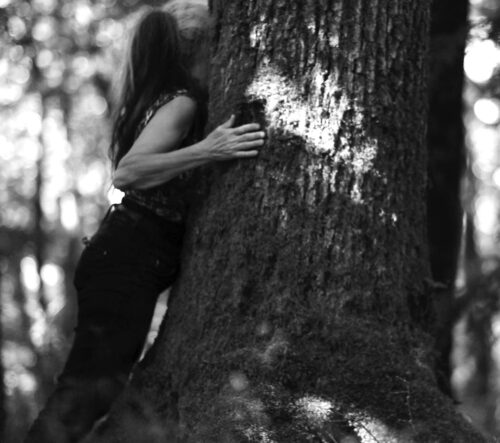
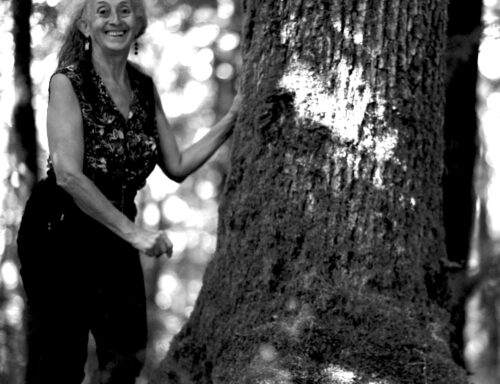

And these things that aren't primarily there to communicate a point directly, head-on, is this the same relationship we can have to music? Music in the broadest sense. Because there is music that is more or less discursive, and poetry that is more or less discursive.
I don't know. I do receive poetry through sound. By its rhythm, by its construction. And then sometimes, there are phrases that change your life. What's more, they're vertiginous, phrases that stay with us forever, that permeate us. Like Philippe Jacottet 's powerful phrase "prendre appui sur l'abîme pour se maintenir au dessus" ("lean on the abyss to stay above it").
It's a phrase that comes to me when I need it, that gives me courage and soothes me. It's so pervasive that it can arise unconsciously, which is proof of its power. I've often used this phrase to explain my musical worlds, which I describe as dark and black. Perhaps in some cases the abyss can precede the light, and that's what attracts me to it.
There are simple ways to resist chaos, inside and out...
I think a lot about simplicity. The "little" inspires me a lot, and it's often difficult to achieve. In regional projects, when you have to reach out to unknown people to create without knowing what you're going to find, you have to make do with small events and then build on them. It's a question of humility, which isn't always easy to grasp.
I once found myself with a person I'd met in the village for the "Commune" project, and with nothing on me, no instrument and nothing planned, I came up with the idea of proposing a little sound massage, just with my hands and a few objects I'd picked up there, to make the little thing heard and experience an extraordinary moment, to feel that the other person suddenly lights up, realizing that it's within their reach too. These are the moments I'm looking for in unexpected encounters. It's often a question of getting people to want to listen, because it's all about listening. Sounds are everywhere, all the time... just like words, and it's a question of letting them express themselves, unfold and delight in them.
Would you like to add a few words?
Yes, I'd like to say a few words about the kind of music that could be called "sound art", "experimental music", "electronic music"... the whole creative music movement... I'd like to add that these experiments - going to villages, to places where, frankly, people, or at least some people, have never heard them before - are unprecedented and contradict preconceptions, because people often come up to us and ask, "What do you do? What's it called? What's it called? There's little or no reference and yet there's no reception problem.
I'd really like to emphasize that. We're always very happy to see that this so-called difficult music, which isn't played enough, is often very well received live by the people we meet in rural projects. Some people start to listen and agree to let themselves be penetrated by the sound, however abstract it may be, just because we've been able to get listeners to open up in a spirit of respect and conviviality that often goes a long way towards getting them to listen with curiosity and attentiveness. Abstraction allows us the freedom to invent our own themes and settings, or simply to let things happen, and that's the beauty of it.
Interview by Céline Pierre June 22, 2022 in Chaumont.
* Time-stretch is a digital audio effect whose purpose is to shorten or lengthen the duration and/or tempo of a sound recording without altering its pitch.
Photos © Céline Pierre



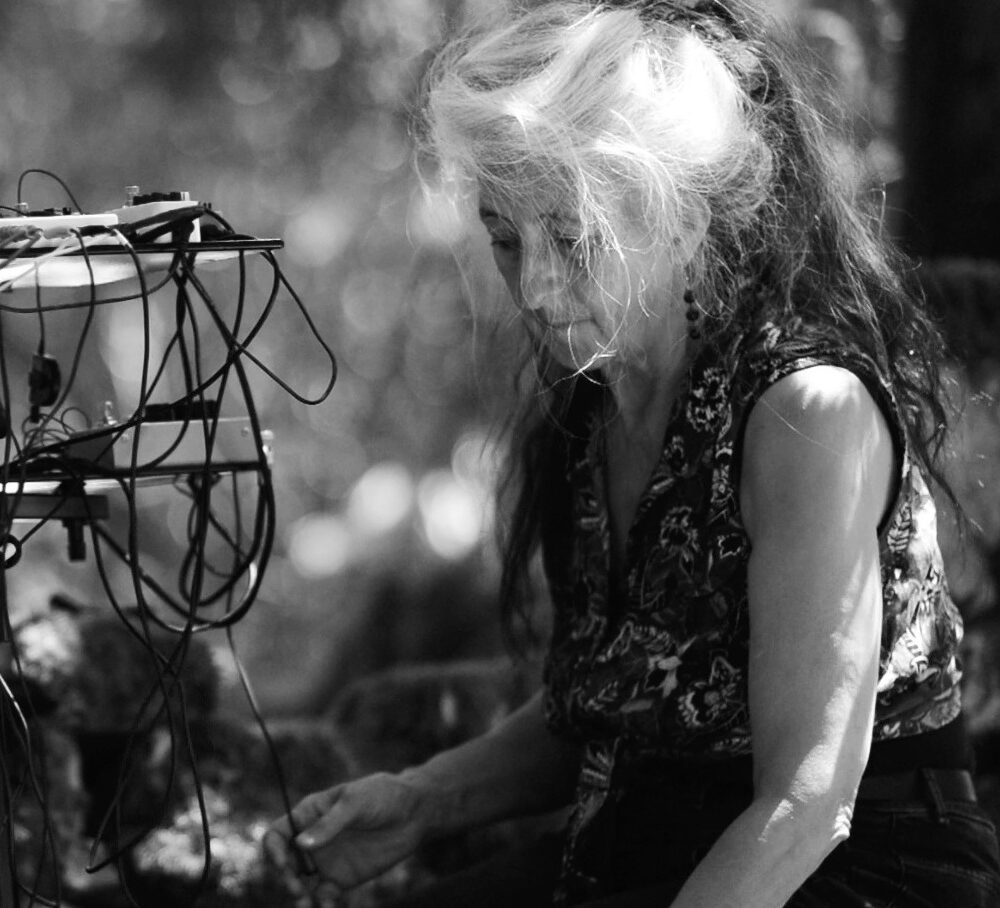)
